Disclosure: This article contains affiliate links. We may earn a commission from purchases at no extra cost to you, which helps our travel content.
Standing beneath the imposing arches of Santa Catalina Arch, watching the golden hour light cast long shadows across Antigua's cobblestone streets, I found myself transported to another era. This UNESCO World Heritage gem nestled between three volcanoes offers a remarkable preservation of Spanish Baroque architecture unlike anywhere else in Central America. As someone who has explored countless historical sites across Europe, I was genuinely surprised by how profoundly Antigua's colonial splendour affected me – a testament to Guatemala's commitment to preserving its cultural heartland.
The Architectural Marvels of Antigua
Antigua's colonial architecture stands as a testament to the city's historical significance as the capital of the Kingdom of Guatemala for over 200 years. The Spanish Baroque influence is unmistakable, with structures designed to withstand the region's frequent seismic activity while maintaining aesthetic grandeur.
The Catedral de Santiago (Santiago Cathedral) presents a fascinating study in architectural resilience. While earthquakes have repeatedly damaged this 16th-century marvel, its remaining façade and partial ruins create a hauntingly beautiful tableau. I spent nearly two hours exploring the cathedral grounds, marvelling at how the structure's western façade has endured centuries of natural disasters.
Nearby, La Merced Church showcases a striking yellow façade with intricate white ornamentation – a prime example of the Guatemalan Baroque style that developed here. The church's fountain, believed to be the largest in colonial Central America, provides a serene focal point in the courtyard. I recommend bringing a collapsible water bottle to stay hydrated while exploring these architectural wonders – Antigua's elevation of 5,000 feet makes proper hydration essential.
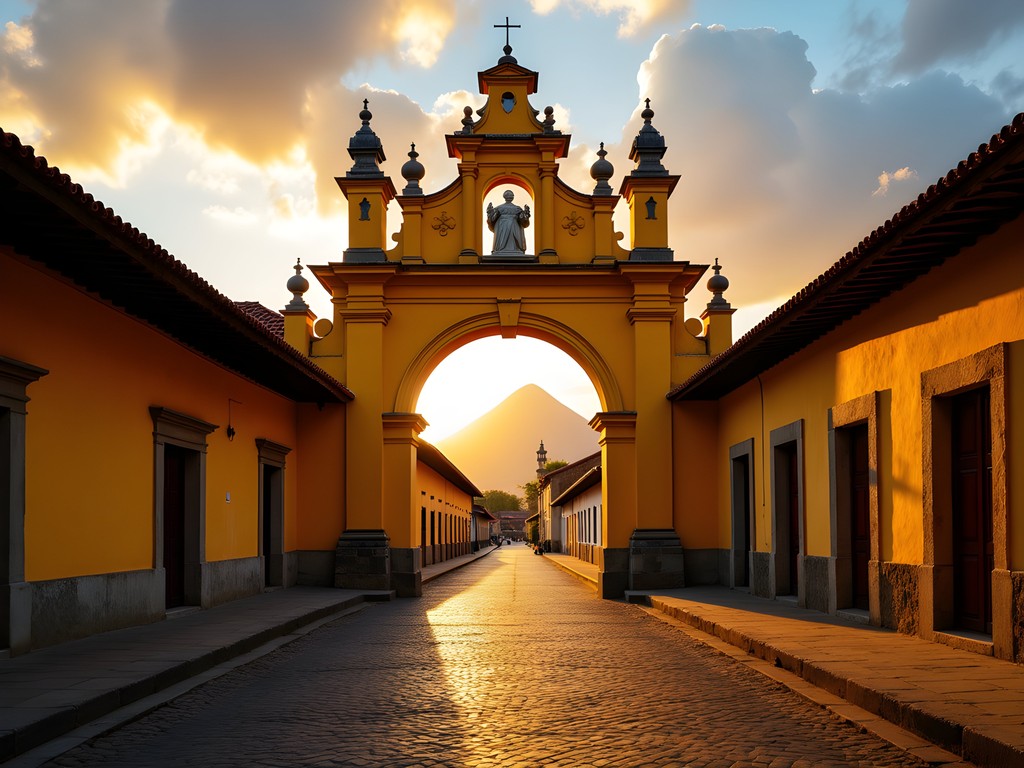
💡 Pro Tips
- Visit the Catedral de Santiago early in the morning to avoid crowds and capture the best photographs
- Purchase a combination ticket for multiple church sites to save money
- Consider hiring a local architecture guide for deeper historical context
Religious Heritage: Churches and Monasteries
Antigua's religious structures offer an unparalleled glimpse into colonial-era craftsmanship and spiritual life. Having explored numerous European cathedrals and monasteries, I found Antigua's religious buildings uniquely compelling for their blend of European and indigenous influences.
Las Capuchinas (The Capuchin Convent) provides a fascinating window into monastic life. The convent's unusual circular tower contains former nuns' cells arranged like wheel spokes – an architectural feature I've not encountered elsewhere in my travels. The peaceful gardens and well-preserved living quarters create an atmosphere of contemplative serenity.
Iglesia San Francisco houses the tomb of Saint Pedro de San José Betancur, Central America's first canonized saint. The church's museum displays impressive religious artifacts, including colonial-era paintings and sculptures. I was particularly moved by the devotion of local worshippers who continue centuries-old traditions here.
Santo Domingo Monastery now houses the Casa Santo Domingo hotel, a masterclass in adaptive reuse of historical structures. Even if you're not staying there, the grounds are worth exploring for their archaeological treasures and beautifully integrated ruins. I recommend bringing a portable travel umbrella during rainy season visits, as afternoon showers are common but shouldn't deter your exploration.

💡 Pro Tips
- Purchase a combined ticket for multiple religious sites to save money
- Dress respectfully when visiting active churches (covered shoulders and knees)
- Visit during weekday mornings to avoid crowds and experience the peaceful atmosphere
Plazas and Public Spaces
The heart of Antigua's colonial charm beats strongest in its public spaces, where centuries of history unfold against a backdrop of daily Guatemalan life. These squares and plazas offer perfect vantage points for appreciating the city's architectural harmony and observing local customs.
Parque Central (Central Park) serves as Antigua's living room – a gathering place for locals and visitors alike. The Renaissance-inspired fountain at its center dates to the 1730s, while the surrounding colonial buildings create a perfectly preserved tableau. I spent several afternoons here simply watching the world go by, occasionally enjoying freshly made pupusas from nearby vendors.
Plaza Mayor showcases the Spanish colonial urban planning philosophy, with important governmental and religious buildings arranged around a central square. The former Royal Palace and City Hall building now houses excellent museums worth exploring. For comfortable extended sightseeing, I recommend packing a cooling neck gaiter – Antigua's midday sun can be quite intense despite the pleasant temperatures.
Tanque La Unión is a beautifully preserved colonial-era washing basin where local women once gathered to wash clothes. This less-visited site offers a glimpse into everyday colonial life and remains a peaceful spot to escape the tourist crowds. The 16th-century stonework and water system demonstrate the impressive engineering capabilities of colonial builders.
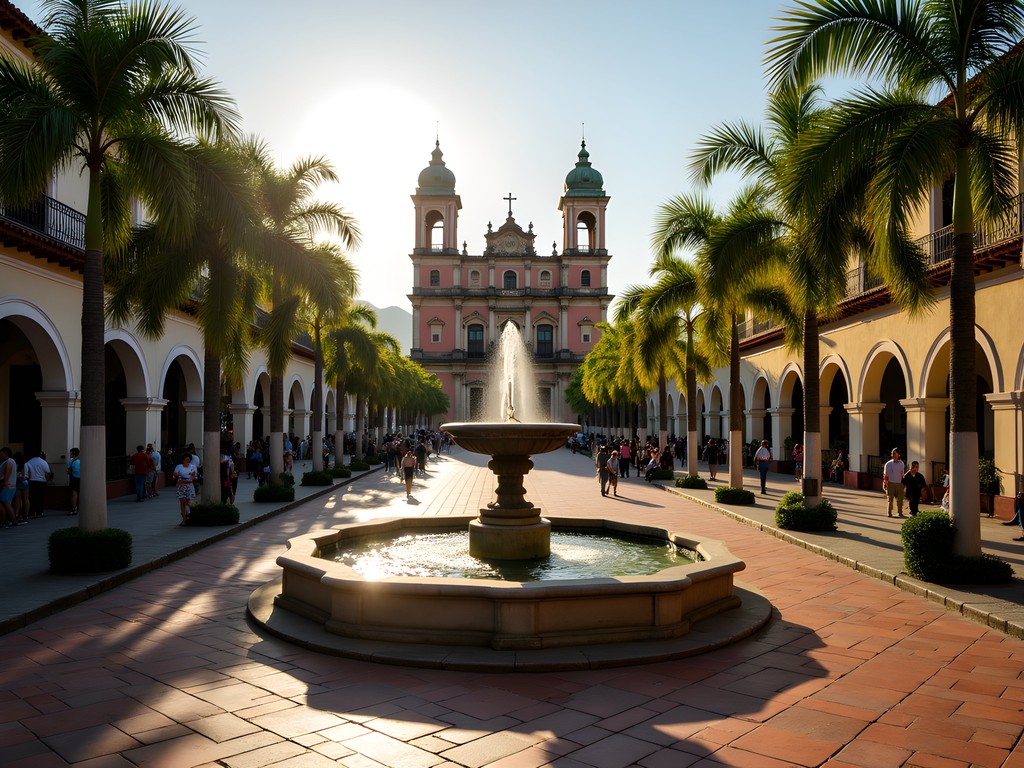
💡 Pro Tips
- Visit Parque Central in early evening to experience local social life
- Bring small denominations of Quetzales for street vendors and musicians
- The best photography lighting occurs during the first and last hours of daylight
Cultural Institutions and Museums
Antigua's museums provide crucial context for understanding the city's historical significance and cultural evolution. Having visited heritage sites worldwide, I find that Antigua's museums stand out for their intimate scale and carefully curated collections housed within colonial structures.
Casa Popenoe offers a rare glimpse into aristocratic colonial life through a perfectly preserved 17th-century home. The period furnishings and domestic artifacts create an immersive time capsule. The house's courtyard garden, featuring traditional medicinal plants, particularly impressed me with its historical authenticity.
Museo de Arte Colonial (Museum of Colonial Art) houses an exceptional collection of religious paintings, sculptures, and decorative arts from the 16th to 18th centuries. The building itself, the former University of San Carlos, is an architectural treasure. I recommend using a portable power bank for museum visits, as you'll likely take numerous photos and notes on your phone.
Museo del Jade (Jade Museum) connects pre-Columbian traditions with colonial history through its impressive collection of jade artifacts. The museum also houses a working jade factory where artisans demonstrate traditional carving techniques. The gift shop offers museum-quality reproductions that make exceptional souvenirs – I purchased a small jade pendant replicating a Mayan design that now serves as a cherished reminder of my visit.
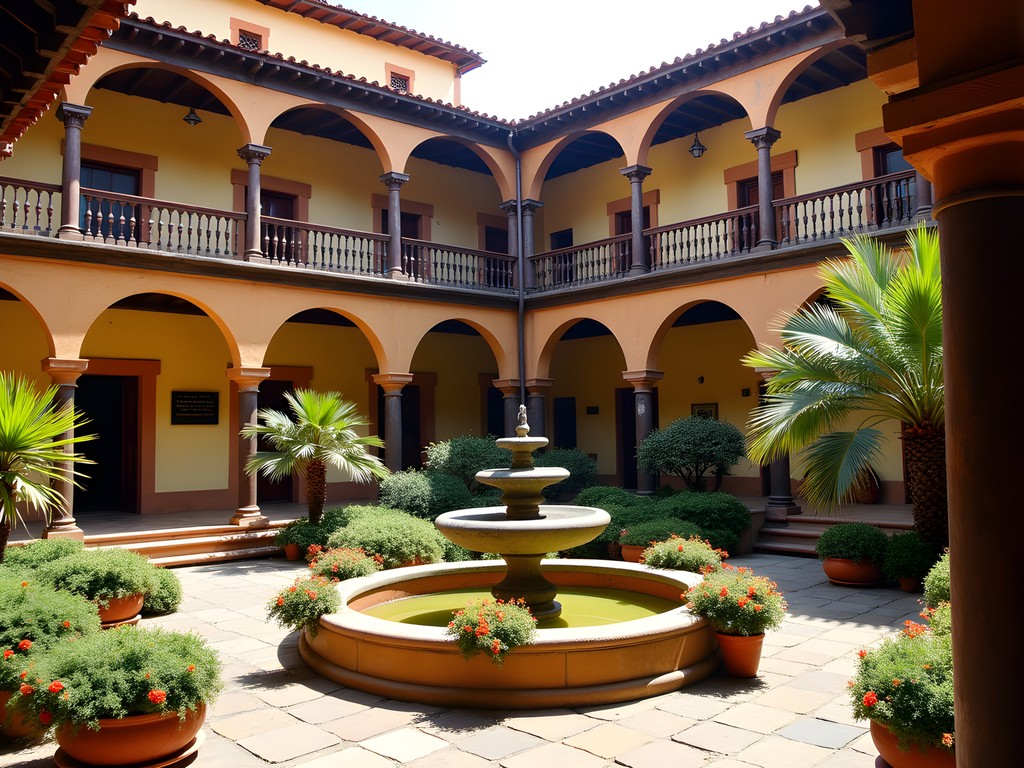
💡 Pro Tips
- Purchase the Antigua Cultural Heritage Pass for access to multiple museums at a discount
- Many museums close on Mondays and during holiday periods – check schedules in advance
- Photography restrictions vary by museum – always ask permission before taking photos
Culinary Heritage and Market Culture
No exploration of Antigua's colonial heritage would be complete without experiencing its culinary traditions and vibrant market culture. The fusion of Spanish and indigenous Mayan influences created a distinctive regional cuisine that continues to evolve while honoring historical techniques and ingredients.
Mercado de Antigua offers a sensory immersion into Guatemalan food culture. The market's colonial-era building houses hundreds of vendors selling everything from tropical fruits to traditional textiles. I recommend visiting early morning when locals do their shopping and the produce selection is freshest. The food stalls at the market's center serve authentic Guatemalan breakfasts – don't miss chuchitos (similar to tamales) and atol de elote (sweet corn drink).
For those interested in Guatemalan coffee heritage, a visit to one of Antigua's coffee plantations provides insight into the colonial-era crop that became central to the region's economy. Finca Filadelfia offers excellent tours explaining coffee cultivation methods that date back to the 1800s. I found the coffee travel kit invaluable for my morning ritual while staying in Antigua – the region's beans deserve proper preparation.
Restaurante Casa Santo Domingo, housed in the former monastery complex, serves refined Guatemalan cuisine incorporating historical recipes and techniques. Their pepián (traditional meat stew with pumpkin seeds and chilies) offers a taste of Guatemala's colonial culinary fusion. For a more casual experience, Café Condesa in the central plaza occupies a beautifully preserved colonial building and serves excellent local dishes.
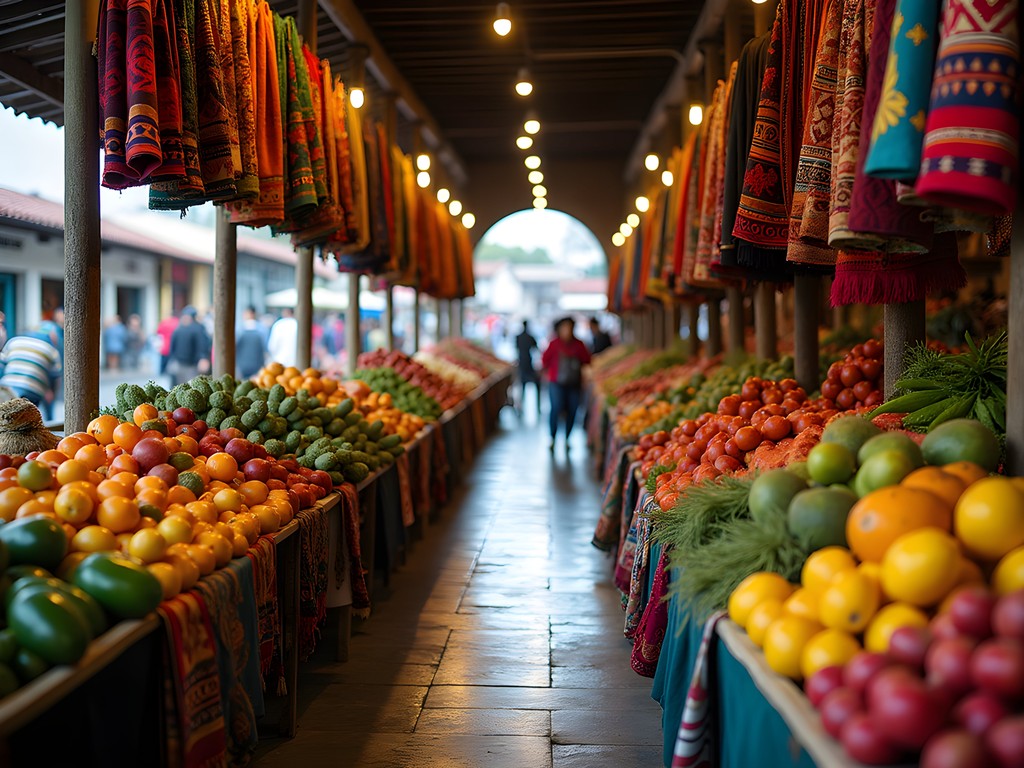
💡 Pro Tips
- Learn basic Spanish food terms to navigate the market more confidently
- Schedule coffee plantation tours in the morning when processing activities are most active
- Most restaurants accept credit cards, but smaller vendors and market stalls require cash
Final Thoughts
As I departed Antigua, watching Agua Volcano fade into the distance through my shuttle window, I found myself reflecting on how this remarkable colonial city had exceeded my expectations. Despite having explored countless historical sites across Europe, Antigua's preserved Spanish Baroque architecture and living cultural traditions offered something truly distinctive – a window into a colonial past that continues to shape Central American identity.
What makes Antigua exceptional isn't merely its preserved buildings but how seamlessly historical spaces integrate with contemporary Guatemalan life. Religious processions still wind through streets laid out in the 16th century. Traditional crafts continue in colonial workshops. Ancient recipes simmer in modern kitchens.
Whether you're drawn to architectural splendor, cultural immersion, or simply seeking a beautiful backdrop for a romantic getaway, Antigua rewards visitors with its perfect blend of historical gravitas and authentic charm. I encourage you to allow ample time for both structured sightseeing and spontaneous wandering – some of my most memorable moments came from simply following interesting alleyways or accepting impromptu invitations. This colonial gem deserves your unhurried attention.
✨ Key Takeaways
- Antigua offers the best-preserved colonial architecture in Central America with strong Spanish Baroque influence
- The city balances being a living museum with authentic Guatemalan daily life
- A combination of guided tours and independent exploration provides the richest experience
- The cultural fusion evident in architecture, cuisine and crafts tells the story of Guatemala's complex heritage
📋 Practical Information
Best Time to Visit
November to April (dry season), though year-round visits are possible
Budget Estimate
$60-120 USD per day including mid-range accommodation, meals and activities
Recommended Duration
3-5 days minimum to properly explore colonial sites
Difficulty Level
Easy - Most Sites Are Within Walking Distance In The Compact Historic Center


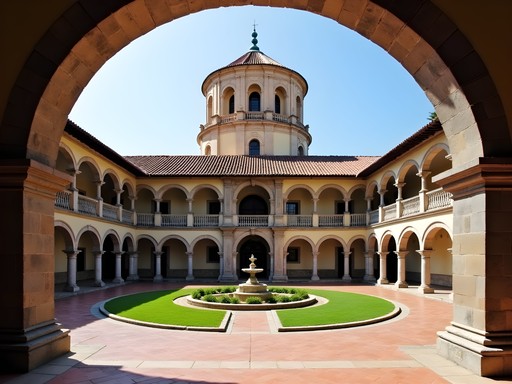
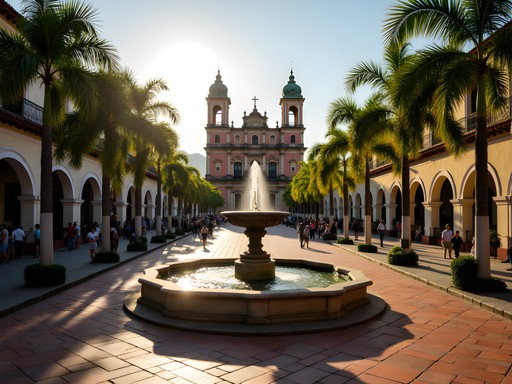
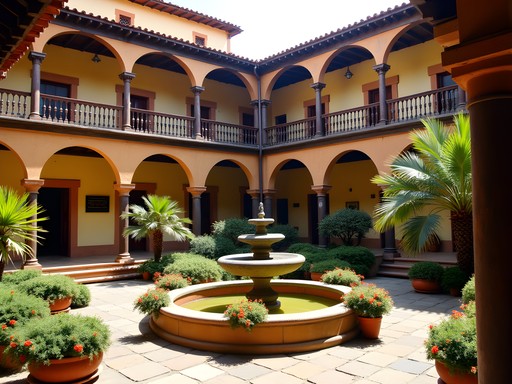
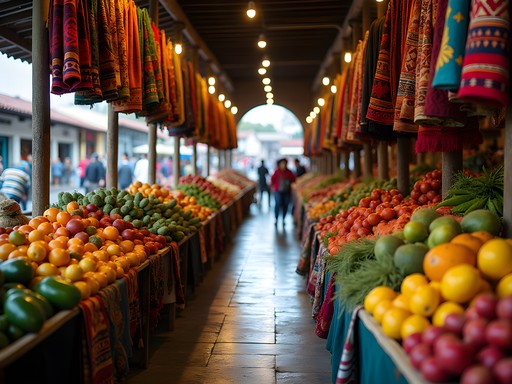



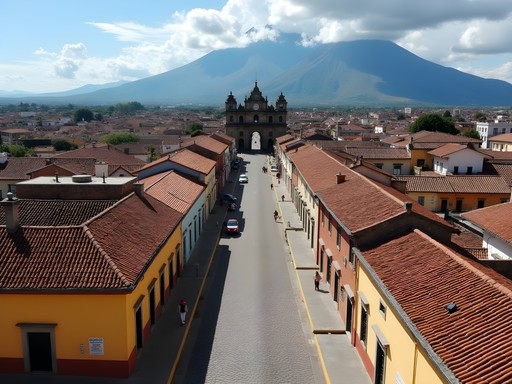
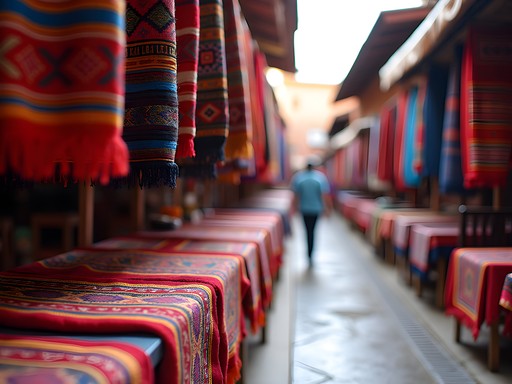





Comments
explorevibes
Those volcano views are incredible! Adding this to my bucket list ASAP!
Douglas Bradley
Excellent coverage of Antigua's colonial heritage, Brandon. I visited last year and would add that the early morning light (around 6-7am) offers exceptional photography opportunities at the ruins of Las Capuchinas and San José el Viejo when tourist numbers are minimal. The contrast between the crumbling structures and the morning mist with Agua Volcano in the background creates a hauntingly beautiful scene. Also worth noting that many museums offer discounted rates on Wednesdays - something I discovered by chance that saved me quite a bit over my week-long stay.
islandninja
Great post! How safe did you feel walking around at night in Antigua? Planning a trip in July and wondering if I should stick to daytime exploring.
Brandon Johansson
Thanks! I felt very safe in the central areas at night. The main plaza and surrounding streets are well-lit and usually have plenty of people around until about 10pm. Just use normal travel precautions and you'll be fine!
islandninja
Perfect, thanks for the quick reply! Can't wait to see that Santa Catalina Arch at sunset.
Sophia Gomez
Brandon, your post brought back so many memories! When I visited Antigua on a business trip last year, I extended my stay specifically to explore these colonial treasures. One thing I'd add is to check out the rooftop terrace at Café Sky for sunset - you get an incredible panoramic view of the city and volcanoes while enjoying a drink. The lighting makes those colonial buildings glow! For anyone planning a visit, I found the local guides around Parque Central to be incredibly knowledgeable about the history behind these buildings. Worth the $15-20 for a 2-hour walking tour to truly appreciate what you're seeing. Also, many churches have specific visiting hours, so plan accordingly!
winterguy
Is Antigua safe for solo travelers?
Sophia Gomez
I traveled solo and felt very safe in Antigua! The tourist areas are well-patrolled. Just use normal travel precautions - don't flash valuables, be aware after dark, etc. The locals were incredibly friendly and helpful.
starway
Great post! Those churches look amazing.
starway
Just got back from Antigua last month and this post captures it perfectly! The Convento Santa Clara was my favorite - fewer tourists than some of the other sites. Pro tip: visit early morning (around 8am) for the best lighting for photos and before tour groups arrive. Also, don't miss the chocolate making workshop at ChocoMuseo - fascinating cultural experience and you get to take home what you make. I used my pocket guidebook constantly while exploring the city. The fold-out map was super helpful when my phone died!
wavemate
Thanks for the chocolate workshop tip! Adding that to my list.
escapeadventurer
This is perfect timing! I'm heading to Antigua next month for my first international solo trip. Any recommendations on where to stay that's close to these colonial sites? I'm a bit nervous about safety as a first-timer. Also, is it easy to get around without knowing much Spanish?
Nicole Russell
You're going to love it! I stayed at Adra Hostel - super central and safe. Antigua is very walkable and most people in tourism speak some English. I'd recommend downloading translation app and learning basic phrases though. The locals really appreciate the effort!
sunnychamp
Antigua is super safe compared to other parts of Guatemala. Just stick to well-lit areas at night and you'll be fine. Have fun!
escapeadventurer
Thanks so much for the tips! Feeling much more confident now. Can't wait!
winterking
Quick tip for anyone heading to Antigua soon - most museums and churches close earlier than you'd expect (around 4-5pm) and many places are closed on Mondays. Plan accordingly! Also, the light for photography is absolutely magical early morning before the crowds show up.
dreampro
This! I missed La Merced because I showed up too late. Learn from my mistake lol
Nicole Russell
Brandon, your post brought back so many memories! I visited Antigua last winter and was completely enchanted. One hidden gem I'd add to your list is Nim Po't, a textile center where you can find authentic Guatemalan textiles and meet local artisans. And don't miss the secret garden at Hotel Casa Santo Domingo - it's not on many tourist maps but absolutely magical! Did you get a chance to hike Pacaya while you were there? The volcano views from Antigua are stunning but actually hiking one was a highlight of my trip!
escapeadventurer
Nicole - how difficult was the Pacaya hike? Planning my first trip to Guatemala and wondering if it's doable for someone with moderate fitness?
Nicole Russell
It's definitely doable! The trail is well-maintained and you can even rent a horse for the steeper parts if you get tired. Just bring good shoes and plenty of water. The views are absolutely worth it!
sunnychamp
Those cobblestone streets are a killer on the ankles but so worth it! Beautiful post!
Nicole Russell
Haha, I know right? I bought special walking shoes before my trip there last year. Totally worth the sore feet though!
sunnychamp
Smart move! I was wearing flip flops my first day. Big mistake! 😂
Venture X
Premium card with 2X miles, $300 travel credit, Priority Pass